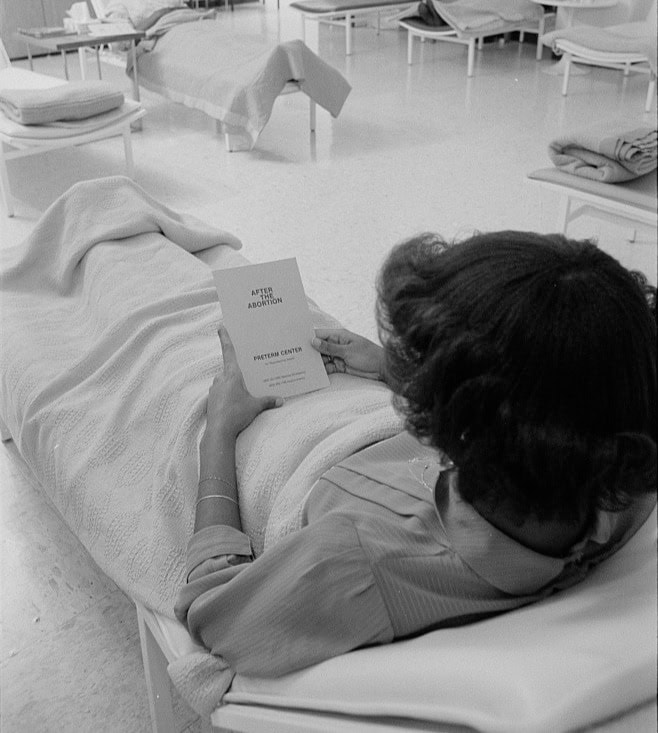Editor’s Note: The imperative that historians begin to bridge the gap between their scholarly research and the needs and interests of the American public(s) was often repeated at the annual meeting. The recent furor over national history standards and the forthcoming assault on the National Endowment for the Humanities brought this concern into sharp focus. As an example of the sort of public presentations historians could make to reassert the larger importance of historical study, we offer the following example from the social sciences. This essay, reprinted from the Chronicle of Higher Education, locates the authors’ disciplinary interests in larger public concerns and closely ties these to the discipline’s funding priorities. It uses a specific example—AIDS—to explore the larger issue of the importance of federal support for the creation of new social science knowledge.
Our society is faced with the formidable challenge of reducing the fatalities caused by AIDS. During the last year, the Clinton administration has taken some promising steps to fight the epidemic. It has created the National Task Force on AIDS Drug Development, to speed the testing of new medications to treat the disease. It has significantly increased the power and budget of the Office of AIDS Research in the National Institutes of Health. And it has begun a campaign to publicize ways to prevent the sexual transmission of AIDS among young people. These are commendable steps, but they are not nearly enough.
A cure, vaccine, or other effective medical intervention for treating AIDS is still years away. However, because we know that this dreadful disease is primarily transmitted through social behavior and can be prevented by behavioral changes, we can take positive steps to stem the loss of human life by building on knowledge from the social sciences. We must act now.
The social sciences, including sociology, psychology, and anthropology, are the disciplines that can best help us address prevention issues, because the illuminate the factors that motivate people to change their behavior. Social science research on such issues as community dynamics, social relationships, youth culture, and group norms (including how they are defined and influenced by factors such as sex, race, ethnicity, culture, and class) is vital to developing effective strategies for preventing the spread of AIDS. Such research can help us design approaches focused on specific groups and develop tools to evaluate what works, what doesn’t, and why.
The value of the social sciences in fighting the spread of AIDS was highlighted in a report released a few months ago by the Institute of Medicine at the National Academy of Sciences. The report, which evaluated AIDS programs supported by the National Institutes of Health, strongly endorsed new efforts to examine social and cultural factors that playa role in the transmission and prevention of the disease. It found that inadequate support for social and cultural studies of sexual behavior and intravenous drug use has hampered efforts to prevent the spread of the disease.
The report noted that although “the general categories of high-risk behavior are well known, the specific acts that transmit HIV sexual practices and use of injectable drugs, for example-have not been adequately researched or discussed because of their sensitive nature.” The document also noted that although we know how mv is transmitted through sexual contact, we do not know enough about how being part of a couple, a family, a group, or a community affects people’s sexual practices.
It has been difficult in recent years—and is likely to continue with the new Republican-controlled Congress—to obtain support for such research, because of political opposition, For example, a national survey of sexual behavior in the United States, developed by social science researchers in response to the AIDS epidemic, was begun in 1988 with funds from the National Institute of Child Health and Human Development. It was soon killed by conservative members of Congress and Bush administration officials who objected to the use of federal money for such research.
Six years later, after receiving funds from private sources, a scaled-down version of the study-known as the National Health and Social Life survey-was completed by four researchers: Edward O. Laumann, a sociologist at the University of Chicago; John H. Gagnon. a sociologist at the State University of New York at Stony Brook; Robert T. Michael, a professor of public policy at the University of Chicago; and Stuart Michaels, a researcher at the University of Chicago. Just published in two versions, one by the University of Chicago Press and the other by Little, Brown & Company, their research provides the most comprehensive data now available on the sexual behavior and attitudes of adults in the United States. The results have significant implications for efforts to prevent AIDS.
For example, the study found that 83 percent of the Americans surveyed had had only one or no sexual partner during the previous year, while just 3 percent of women and men had had five or more partners. Those findings suggest that we could target AIDS-prevention messages at the 17 percent of the population that is, or is likely to be, the most sexually active—typically young, unmarried men—rather than diffusing it over the entire population.
Although studies like this one have not been adequately financed, social science researchers have managed to produce some important findings about the factors that influence risk-taking behavior and about what leads people to adopt behavior at prevents them from getting AIDS. A few examples may help highlight the importance of this research.
Social science studies show how the power of social norms and mores can affect prevention programs. For example, research by Samuel Friedman and his colleagues at the National Institute for Drug Research in New York has shown that intravenous drug users who understand the social rules of their group are effective in getting other drug users to adopt preventive behavior or decrease high-risk activities. Specifically, they found mat when drug users educate other drug users about how AIDS is spread, they share equipment less, use shooting galleries (where they can rent equipment with other drug users) less, and decrease the number of injections they take per month. They also are more likely to take precautions, such as using new needles or using bleach to sterilize used needles.
Similarly, social science researchers have shown that behavioral changes also occur when leaders in gay communities are trained to encourage safe sex practices. One 1992 study found that after three months of peer-led AIDS education, gay men reduced their practice of unprotected sex by as much as 15 percent to 25 percent. Such peer-led AIDS education also may be useful for reducing high-risk behavior among members of particular groups, including sexually active teenagers and people involved in sexual relationships with intravenous drug users.
Those examples only begin· to convey the value of social data. Understanding the impasses created by prejudice and intolerance also is important to the development of effective AIDS education programs. Furthermore, social science research can provide knowledge about the organizational and political obstacles to preventing AIDS and to alleviating its consequences.
Clearly, we cannot craft strategies to deal with the AIDS epidemic without the kinds of knowledge that can be gleaned from the disciplines that focus on human behavior and the factors that motivate people to change. We need a major commitment of money to support sustained research on behavioral strategies for coping with the disease. For the time being, when resources are limited, decisions about how to allocate scarce funds must place more emphasis on the relevance of social and behavioral studies.
The Clinton administration—as well as the new Republican-controlled Congress and Patricia S. Fleming, the newly appointed director of the National AIDS Program Office—must insure that top policymakers understand the importance of such research to the battle against the disease. Indeed, we believe that Ms. Fleming should name a top assistant with specific expertise in the social sciences to help her in coordinating federal prevention and treatment efforts. As Kristine Gebbie staled when she resigned in July as director of the AIDS office, “Unless we frankly address prevention issues, … hundreds of lives will be unnecessarily lost”
Let the biomedical sciences continue their quest for a cure and a vaccine. But let us also realize that, for the foreseeable future, stress on prevention is absolutely essential. And that requires the social sciences.
Amitai Etzioni is president of the American Sociological Association and university professor at George Washington University. William Gamson is immediate past president of the American Sociological Association and professor of sociology at Boston College. Felice Levine is executive officer of the American Sociological Association. This article first appeared in the <i>Chronicle of Higher Education</i>. Reprinted with permission.

